Submitted by WA Contents
BIG reveals plans for uber-futuristic transportation system for Hyperloop
United Arab Emirates Architecture News - Nov 08, 2016 - 17:38 17846 views
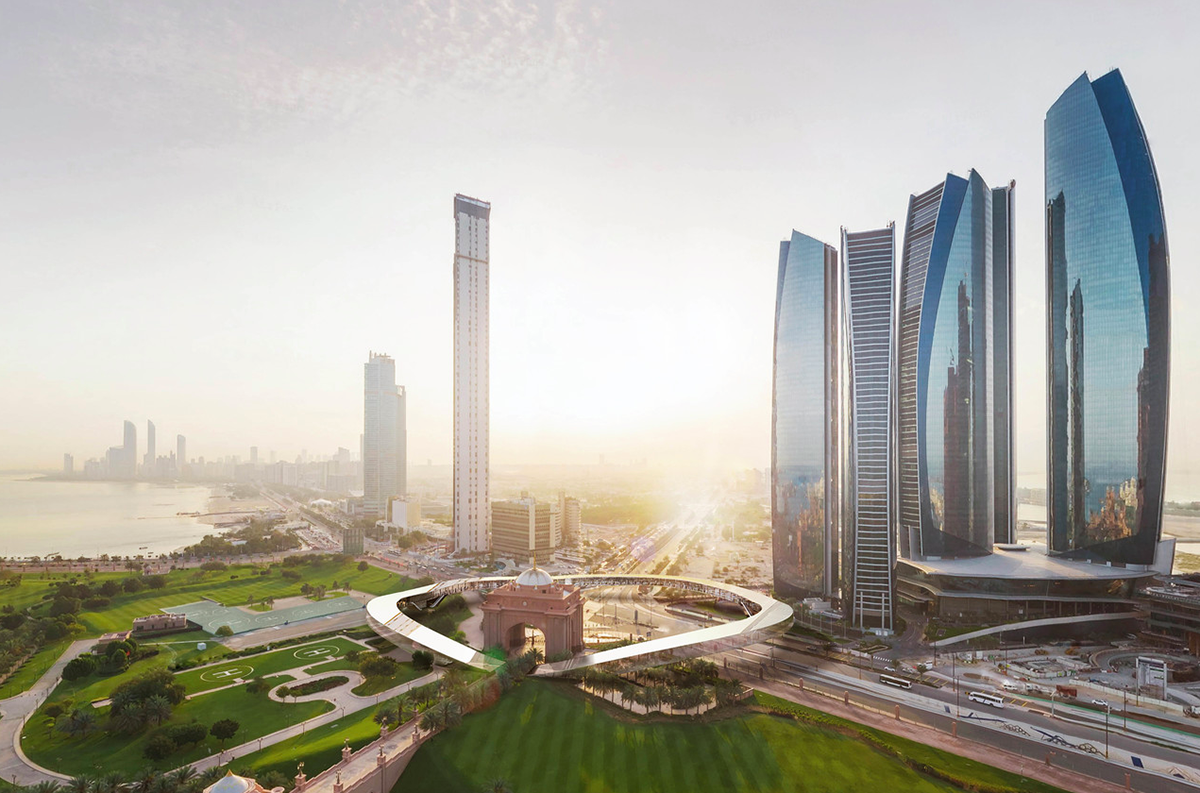
Bjarke Ingels Group (BIG) envisions a mega-structure for the new transportation ecosystem for Hyperloop One, which will link Dubai and Abu Dhabi in just 12-minutes. The autonomous transportation system and the world’s first Hyperloop pods will create new portals in Dubai, UAE just as Hyperloop One inks major deal with Dubai Roads and Transport Authority.
BIG's design is based on a study of how an urban and inter-city transport network should integrate with existing infrastructure. Hyperloop, a special transportation system, will be an autonomous and take passengers point-to-point and vastly simplifies the experience of getting from front-door to final destination. The locations of the initial route in the UAE are selected by passenger density and proximity to existing or planned transportation hubs.
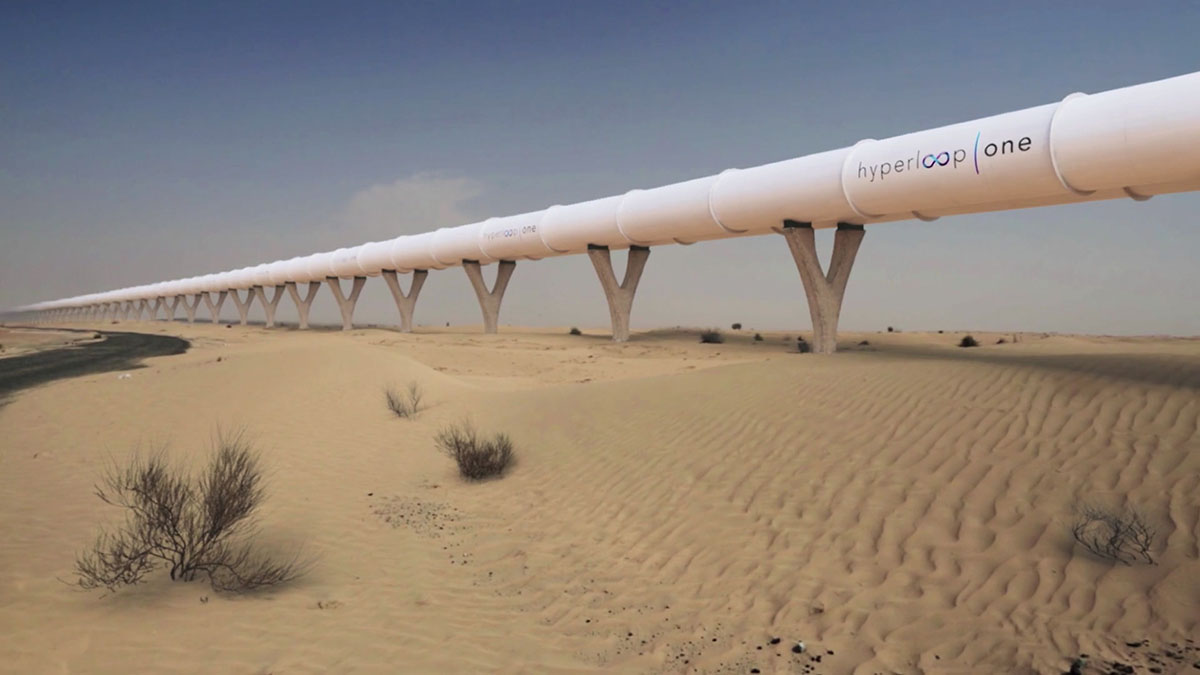
''With Hyperloop One we have given form to a mobility ecosystem of pods and portals, where the waiting hall has vanished along with waiting itself. Hyperloop One combines collective commuting with individual freedom at near supersonic speed. We are heading for a future where our mental map of the city is completely reconfigured, as our habitual understanding of distance and proximity – time and space – is warped by this virgin form of travel,'' says Bjarke Ingels, Founding Partner, BIG.
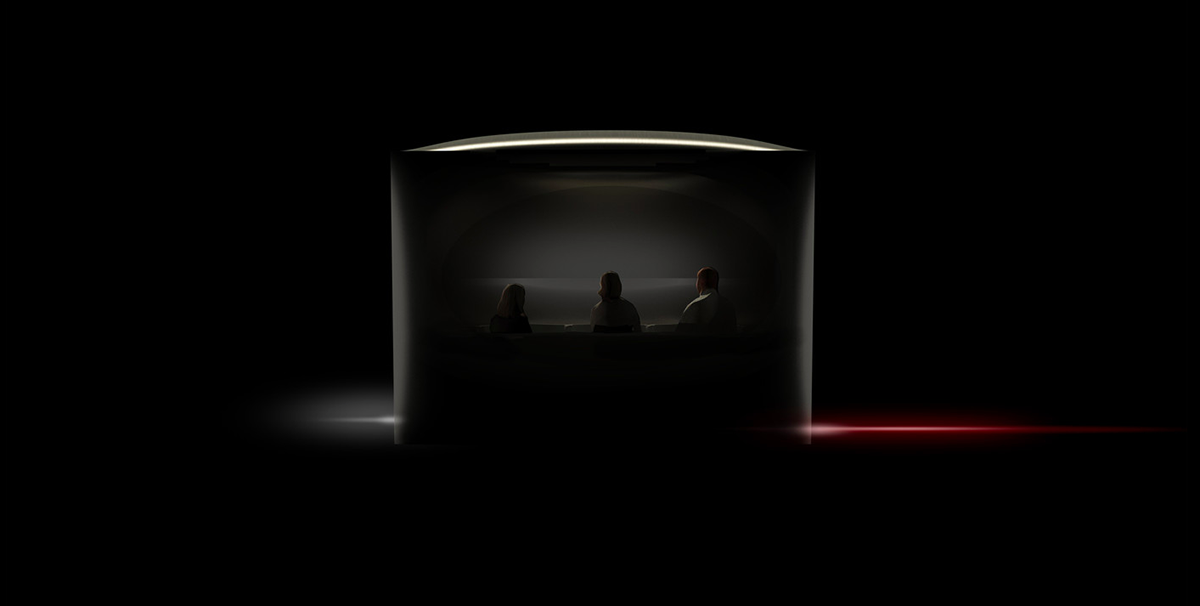
All of the portals are designed as individual answers to different contexts, yet appear similar and easily recognizable. All elements of the travel experience are designed to increase convenience and reduce interruptions. The main objective of the design is to eliminate waiting from the passenger experience.
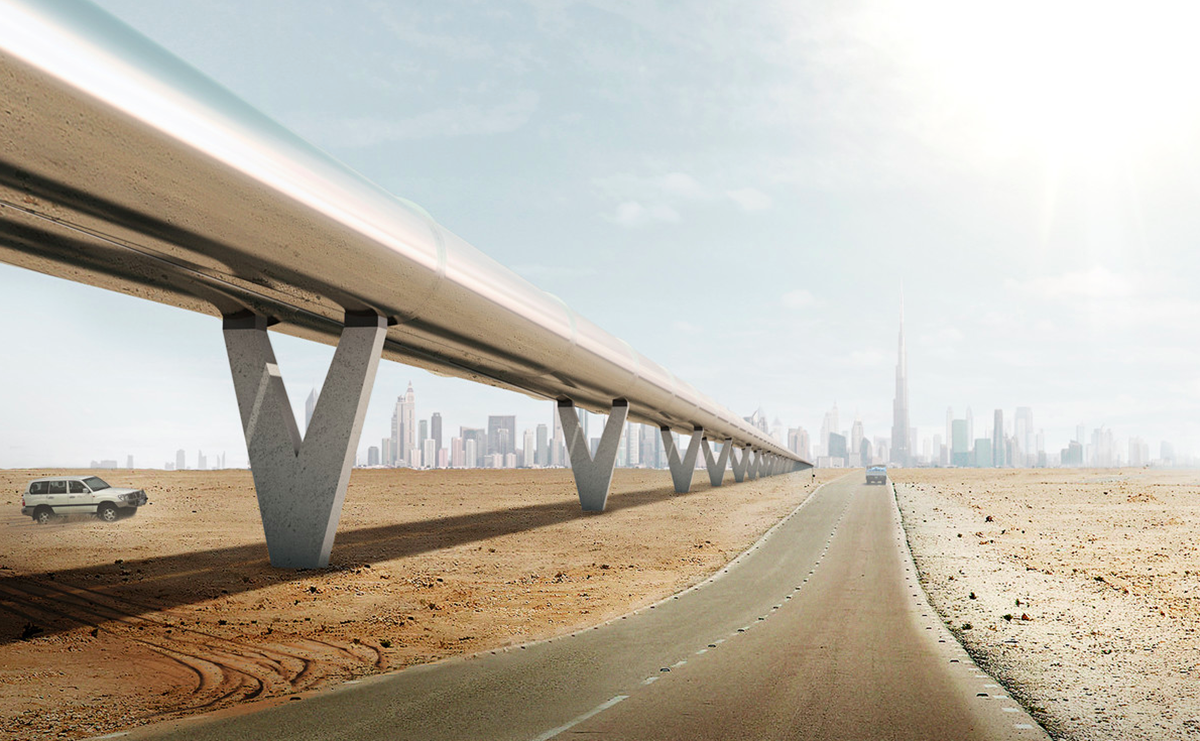
Hence, the stations are called portals. All departure gates are immediately visible upon entering the portal, and a simple numbering system allows passengers to quickly identify them. Passengers will travel in pods that have room for 6 people.
The pods are contained within a transporter, a pressure vessel attached to a chassis for levitation and propulsion that can accelerate the transporter to 1,100km/h.
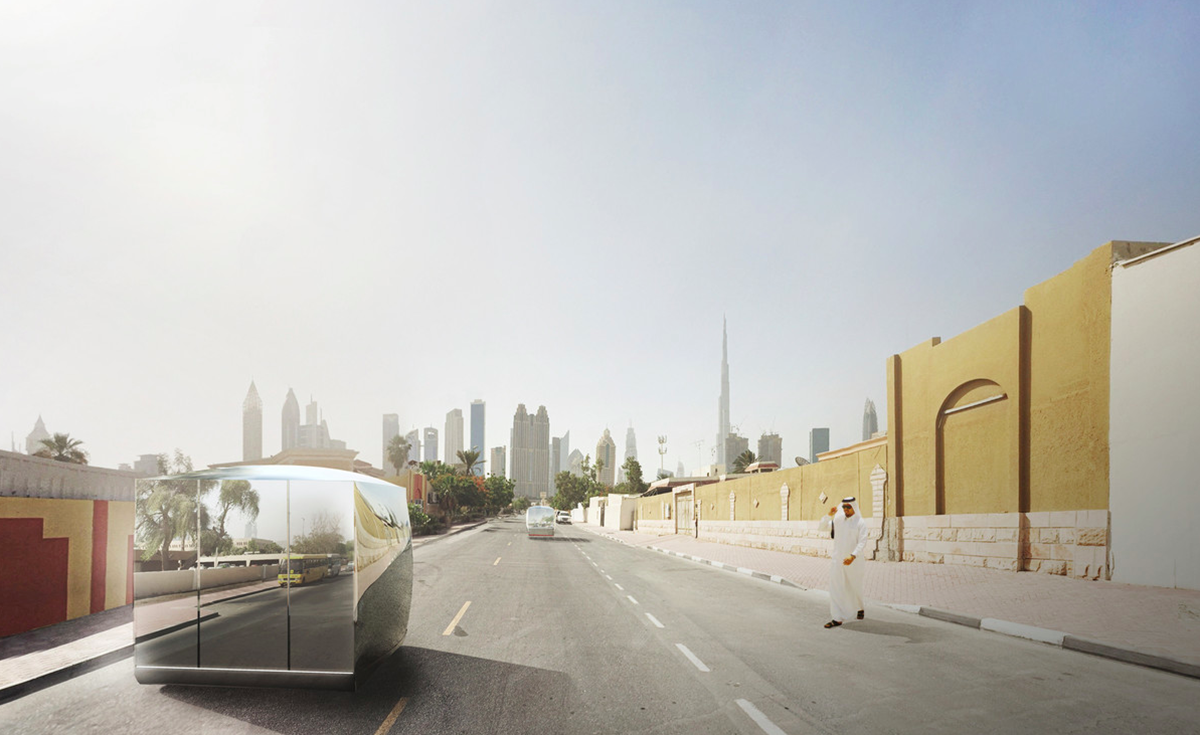
Passengers board the next pod that is available, which moves onto a transporter to their final destination. The relatively small unit size of the pods paired with a high arrival-and departure-rate allows for on-demand travel.
Different interior environments and seating arrangements offer passengers a travel experience tailored to their needs, whether travelling solo or in groups, for business meetings or casual trips.
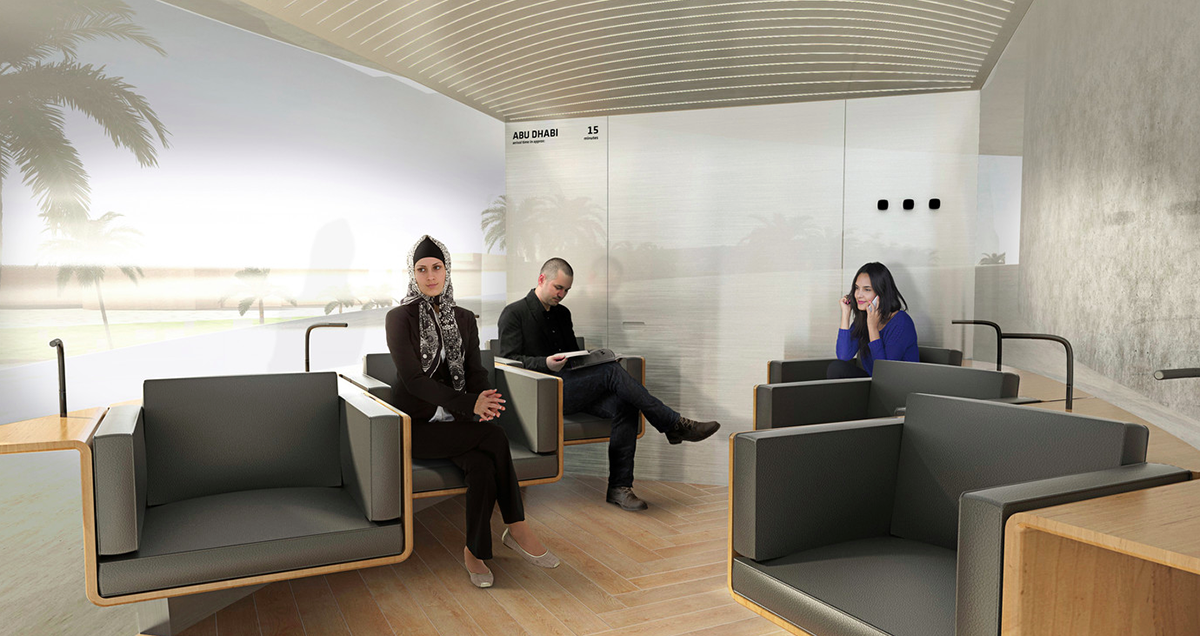
The pods operate autonomously from the transporter, which means they are not limited to the portal area and can move on regular roads and pick up passengers at any point. At portals, pods are loaded onto the transporter and hyperjump to another portal, where they merge onto the street and drop passengers off at their final destination.
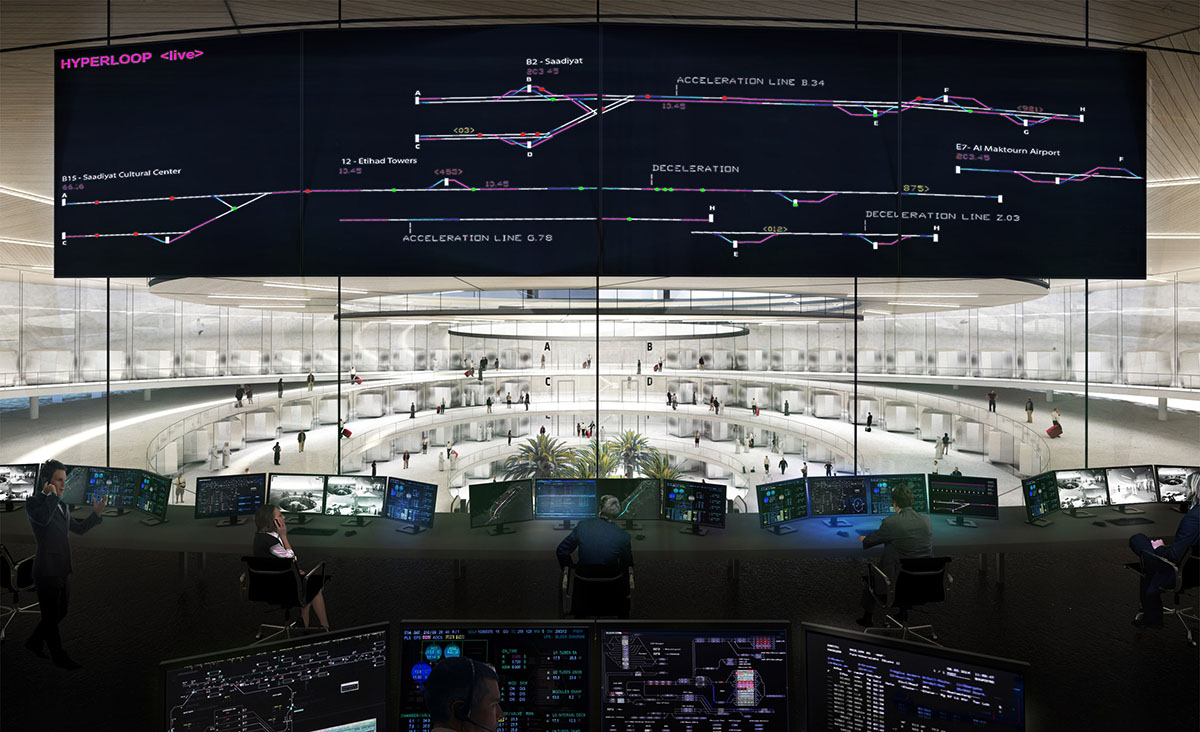
Hyperloop is a new way to move people or things anywhere in the world quickly, safely, efficiently, on-demand and with minimal impact to the environment. The system uses electric propulsion to accelerate a passenger or cargo vehicle through a tube in a low pressure environment.
The autonomous vehicle levitates slightly above the track and glides at faster-than-airline speeds over long distances. Hyperloop One eliminates direct emissions, noise, delay, weather concerns and pilot error. It’s the next mode of transportation.
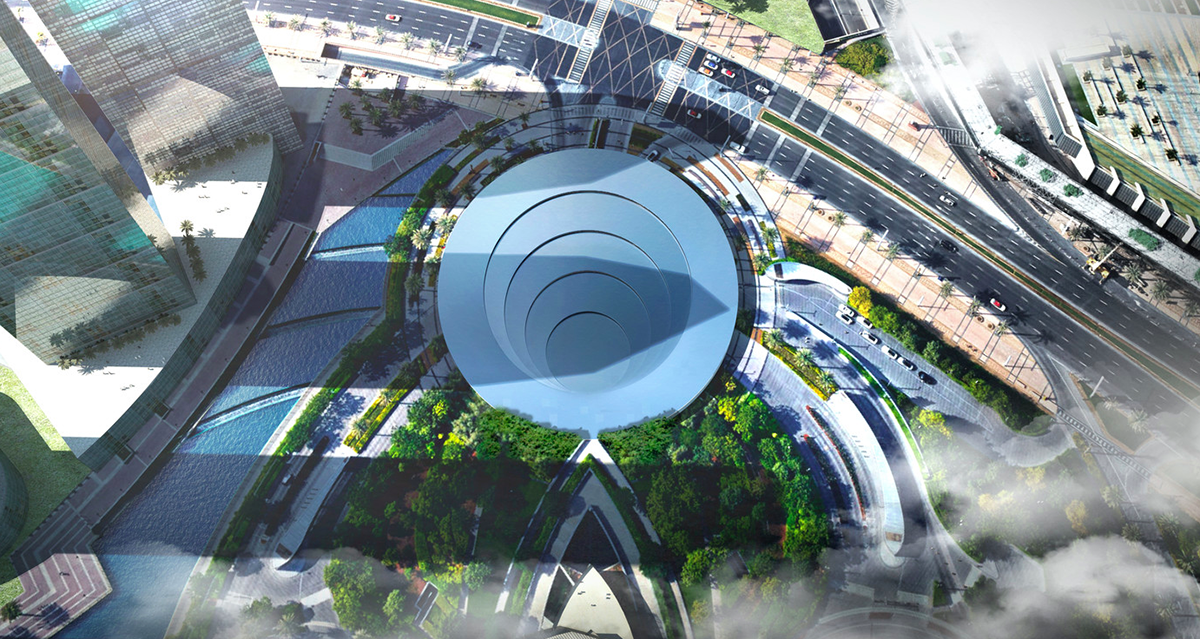
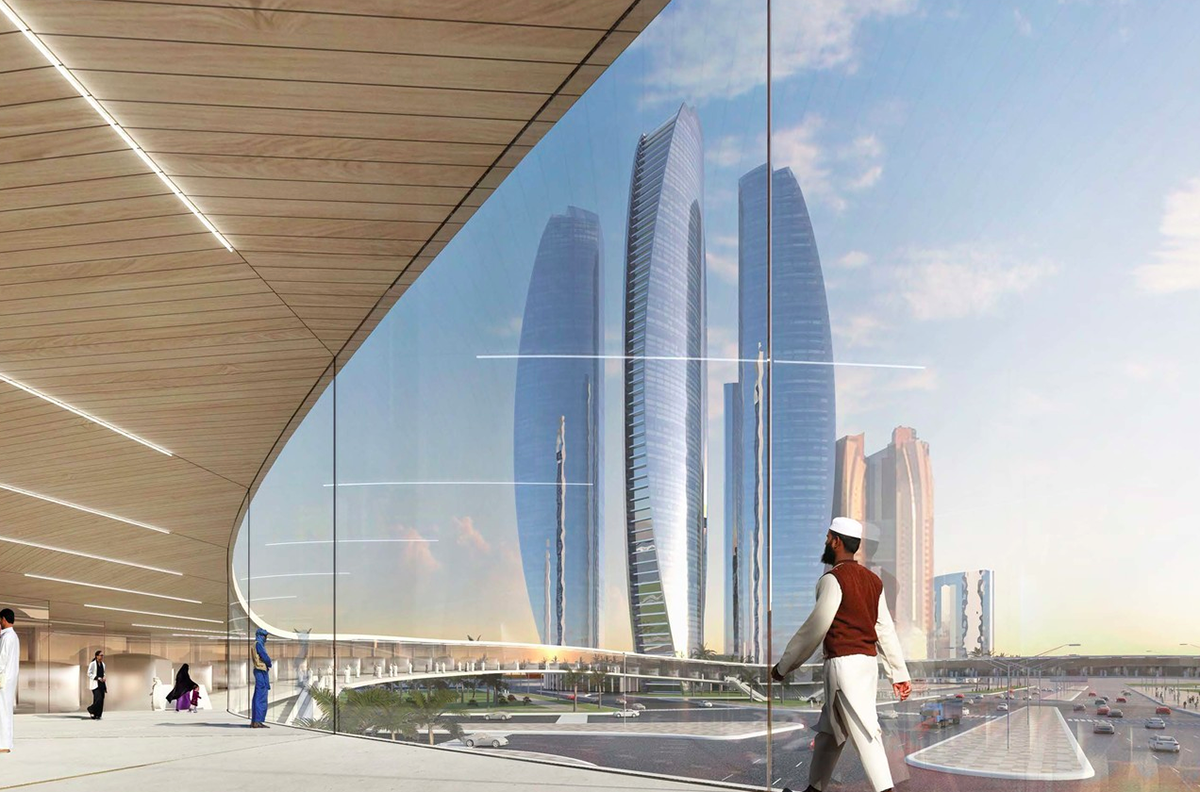
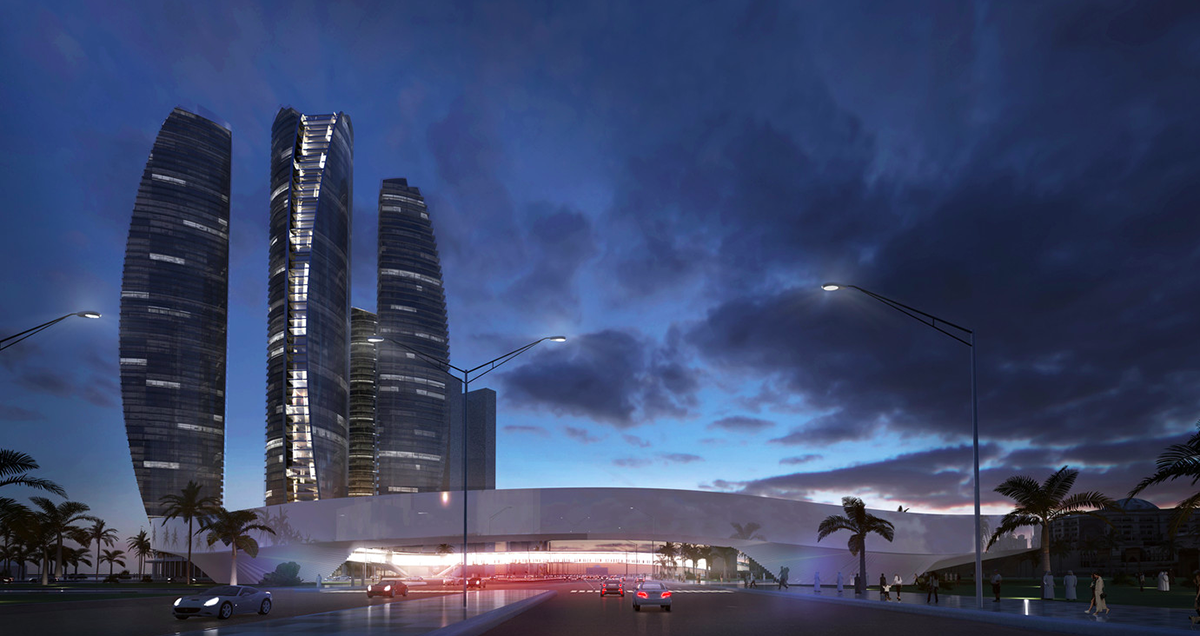
All images courtesy of BIG
> via BIG
